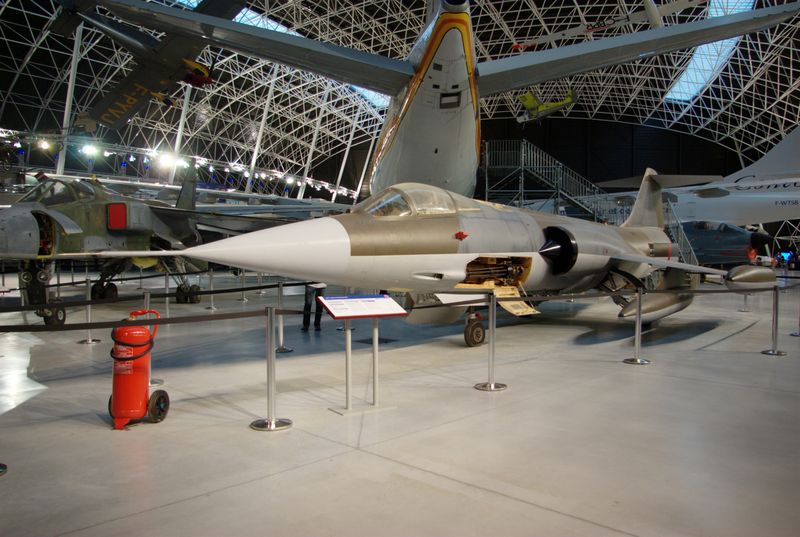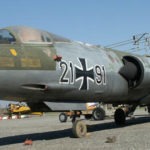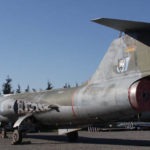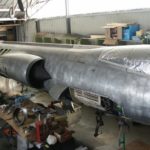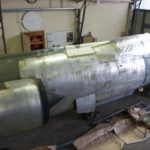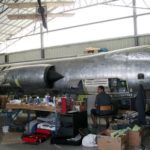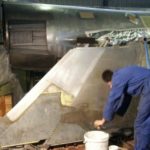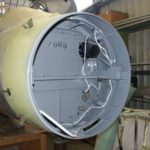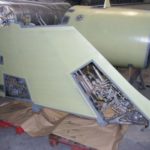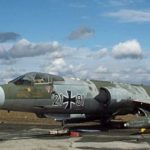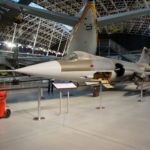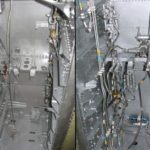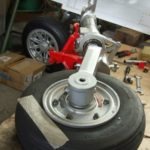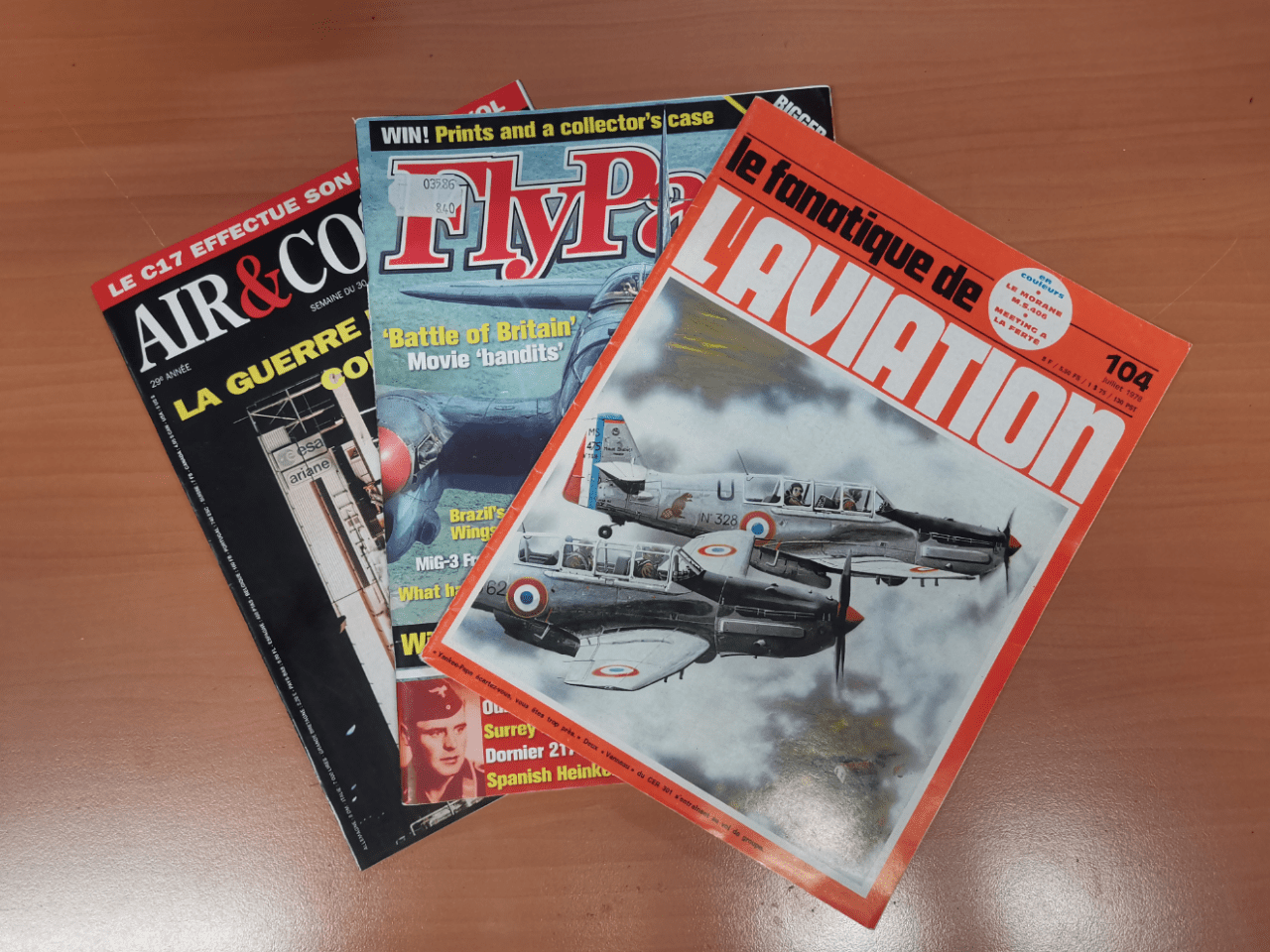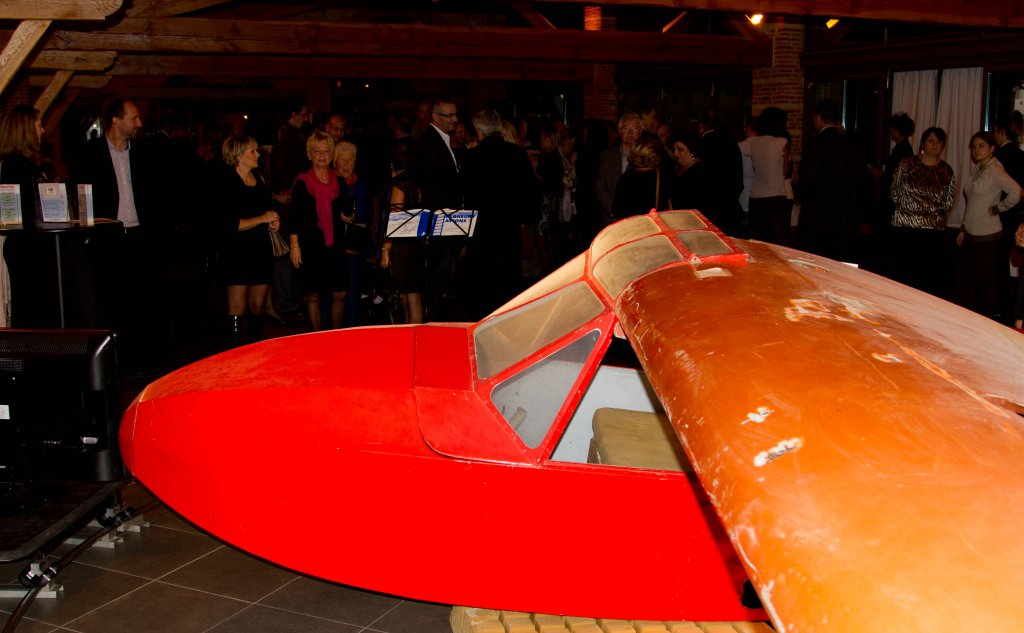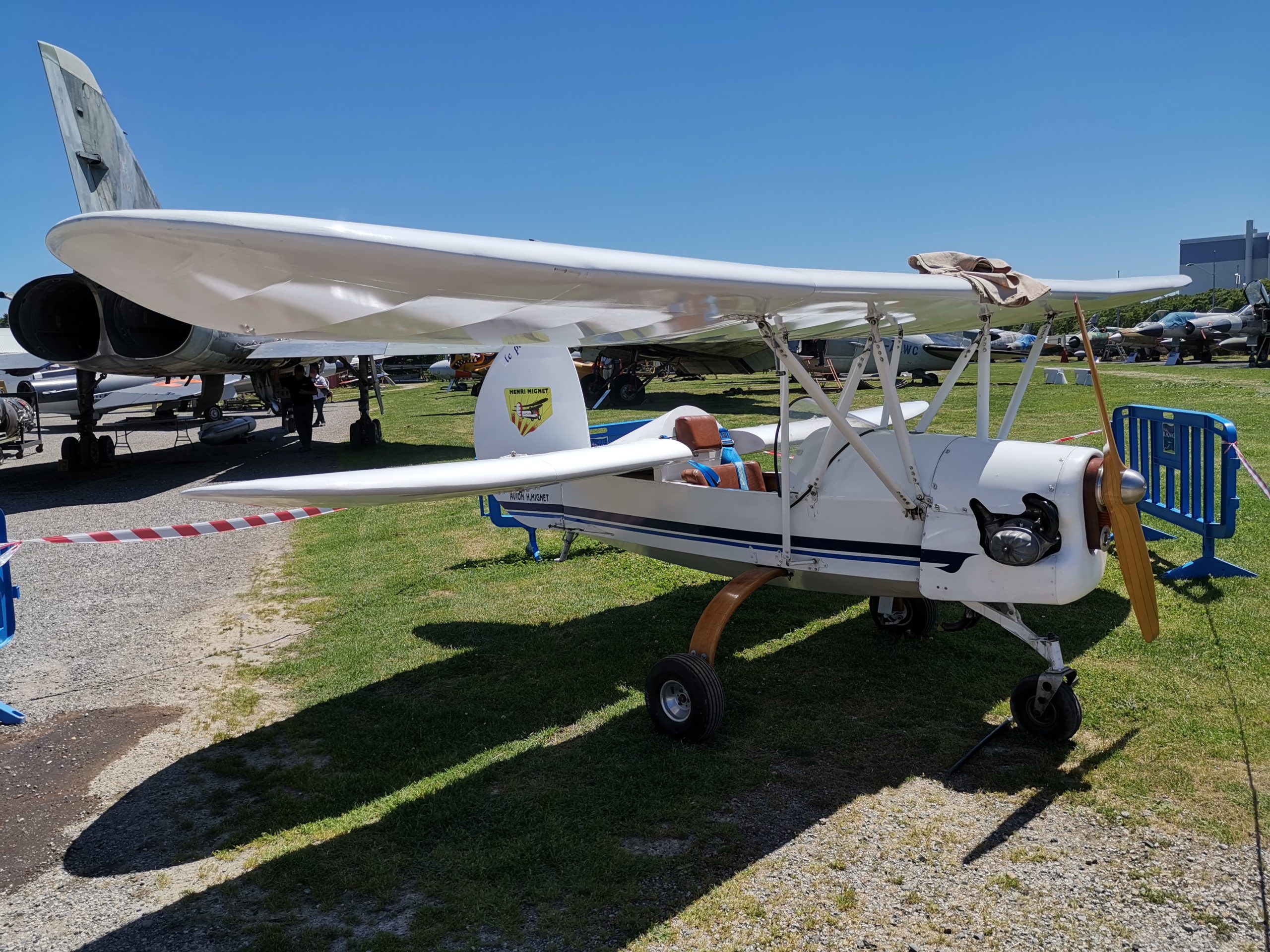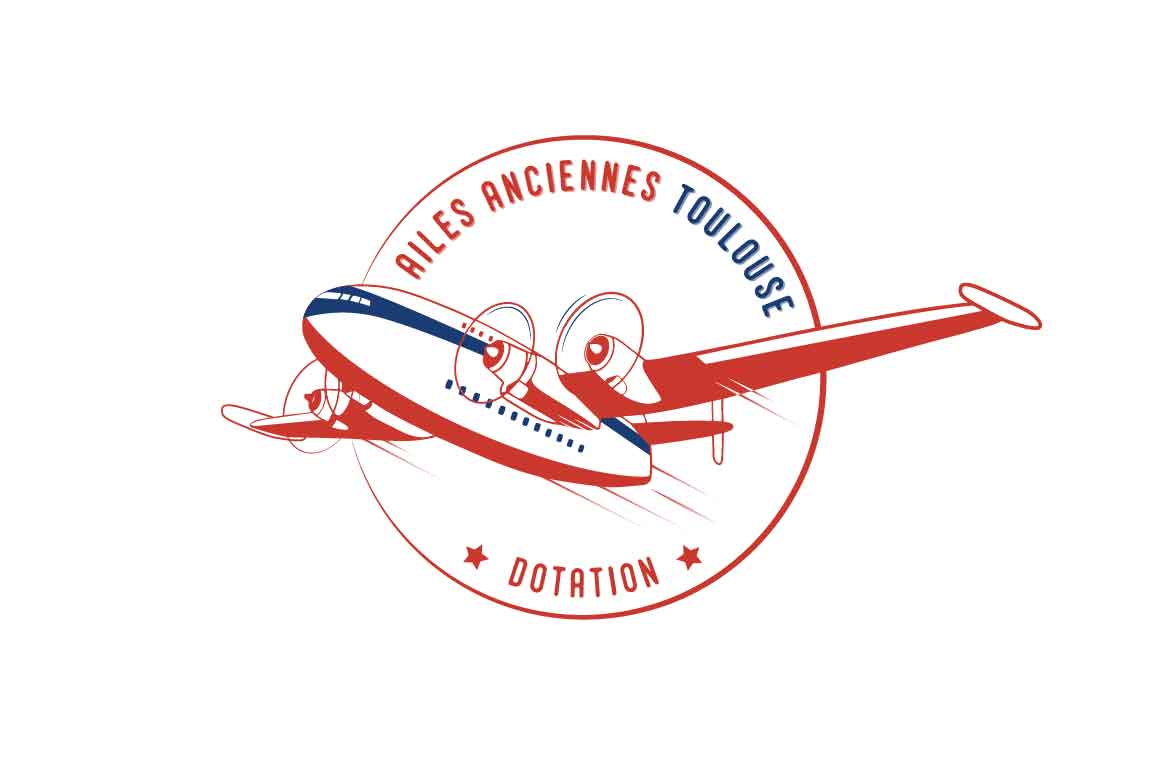Histoire
Dans les années 50, parallèlement à la France (Mirage III) et à l’URSS (MiG-21), les États-Unis étudiaient un chasseur capable d’atteindre Mach 2, tout le monde essayant de tirer des leçons de la guerre de Corée, toute proche.
La formule retenue par Lockheed fut celle de l’aile droite mince, avec un empennage en T. Deux XF-104 volèrent en 1954 pour démontrer le concept. Après les YF-104 de pré série, la série des F-104A (Interception) et C (Attaque) démarra. En parallèle étaient produits des biplaces d’entraînement (B et D). Le F-104 connut un succès limité auprès de l’US Air Force (294 appareils), qui le trouvait trop simple et trop léger. Quelques-uns furent cédés au Pakistan, à la Jordanie et à Taïwan.
Voyant s’ouvrir le marché européen, pour y remplacer les F-84 et F-86, Lockheed proposa une version polyvalente, le F-104G pour Germany (Allemagne), le client principal. La structure fut renforcée, l’équipement électronique augmenté, ainsi que les possibilités d’emport de charges externes. L’aile conserva sa petite taille et un système de soufflage des volets fut installé.
Le F-104G fit son premier vol le 7 juin 1960. Il remporta le marché face au Mirage III, et fut construit sous licence en Allemagne. D’autres pays européens allaient suivre : Belgique, Hollande, Norvège, Danemark et Italie.
1 317 F-104G furent construits, dont 970 en Europe. Le Canada et le Japon allaient également acheter et construire sous licence des versions légèrement différentes du F-104. En 1966 l’Italie mit au point un intercepteur pur, le F-104S. 205 furent produit pour ce pays et 40 pour la Turquie. Un total de 2 406 F-104 furent construits.
Les F-104G furent utilisés par la Luftwaffe pour des missions d’interception, de reconnaissance et d’attaque. Ils furent remplacés par le Phantom et le Tornado, le dernier F-104 y étant retiré en 1988. Un certain nombre d’entre eux fut cédé à la Grèce et à la Turquie. Ce pays, l’Italie et Taïwan, sont les derniers utilisateurs du F-104.
Caractéristiques
| Envergure | 6,7 m |
| Longueur | 16,7 m |
| Hauteur | 4,11 m |
| Masse à vide | 6,39 t |
| Masse maxi | 13 t |
| Charge | 3 t |
| Vitesse | Mach 2 |
| Autonomie | 1 100 km |
| Équipage | 1 |
| Motorisation | 1 J79-GE-11A de 4770/7165 kgp |
| No Série | 7060 |
Notre appareil
Notre F-104G est arrivé en 1989. Il provient de la base de Manching et a été cédé par le Musée de l’armée allemande de Coblence.
Il effectua son premier vol en 1963 et a 3 684 heures de vol à son actif (ce qui est beaucoup, la moyenne se situant à 1 200), l’appareil servit principalement au JG34.
La Restauration
Le F-104G de notre collection commençant à fatiguer, nous avons décidé de lancer une restauration complète. La corrosion est assez effrayante sur certains endroits. Il était temps.
Ce chantier nous a permit de former une partie des nouveaux arrivants. L’avion a été enitèrement démonté, décapé et repeint pour chasser toute les traces de corrosion. Il a reç sa peinture définitive quelques jours seulement avant que nous quittions notre hangar de restauration à Colomiers, il n’a donc pas encore reçut ses marquages. Il a été exposé dans Aeroscopia entre janvier 2015 et janvier 2020 , date à laquelle il est retourné dans nos installations pour compléter sa livrée.
Quelques photos
- Démontage des ailes du F-104 Starfighter en février 2005.

